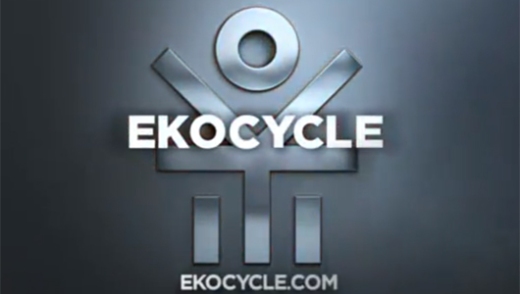School will be starting in just a few weeks, and now is a great time for parents, teachers and students to focus and commit to a green project to be incorporated into this year’s learning experience. We see department stores and grocery chains gearing up their cash for schools projects that award money to neighborhood schools in exchange for loyalty shopping. We also are familiar with the yearly competitions to be named an area blue ribbon school for academic excellence. Now there is the green ribbon school award, sponsored by the U.S. Department of Education.
The green ribbon school award honors schools that are:
• Exemplary in reducing environmental impact and costs;
• Incorporating curricula and programs to improve the health and wellness of its students and staff;
• Providing effective environmental and sustainability education, incorporating STEM, civic skills and green career pathways.
Participation in this competition requires nomination from state education agencies. To be eligible to participate in the 2012-2013 competition, a state education agency must indicate its intent to nominate schools in its district by August 30, 2012 via email at the site listed below. Any school interested in being nominated should contact its state education agency for specific application information.
An excellent place to start to gather general information on this program is the following website: http://www2.ed.gov/programs/green-ribbon-schools/index.html. Please remember to contact your school to express interest in this program and request that your state education agency be notified to file the necessary intent to nominate by the aforementioned deadline. This then presents an opportunity to coordinate with school officials to put a program in place. This is a wonderful way bring together the community, including parents, students and teachers to learn green, live green, be green.

